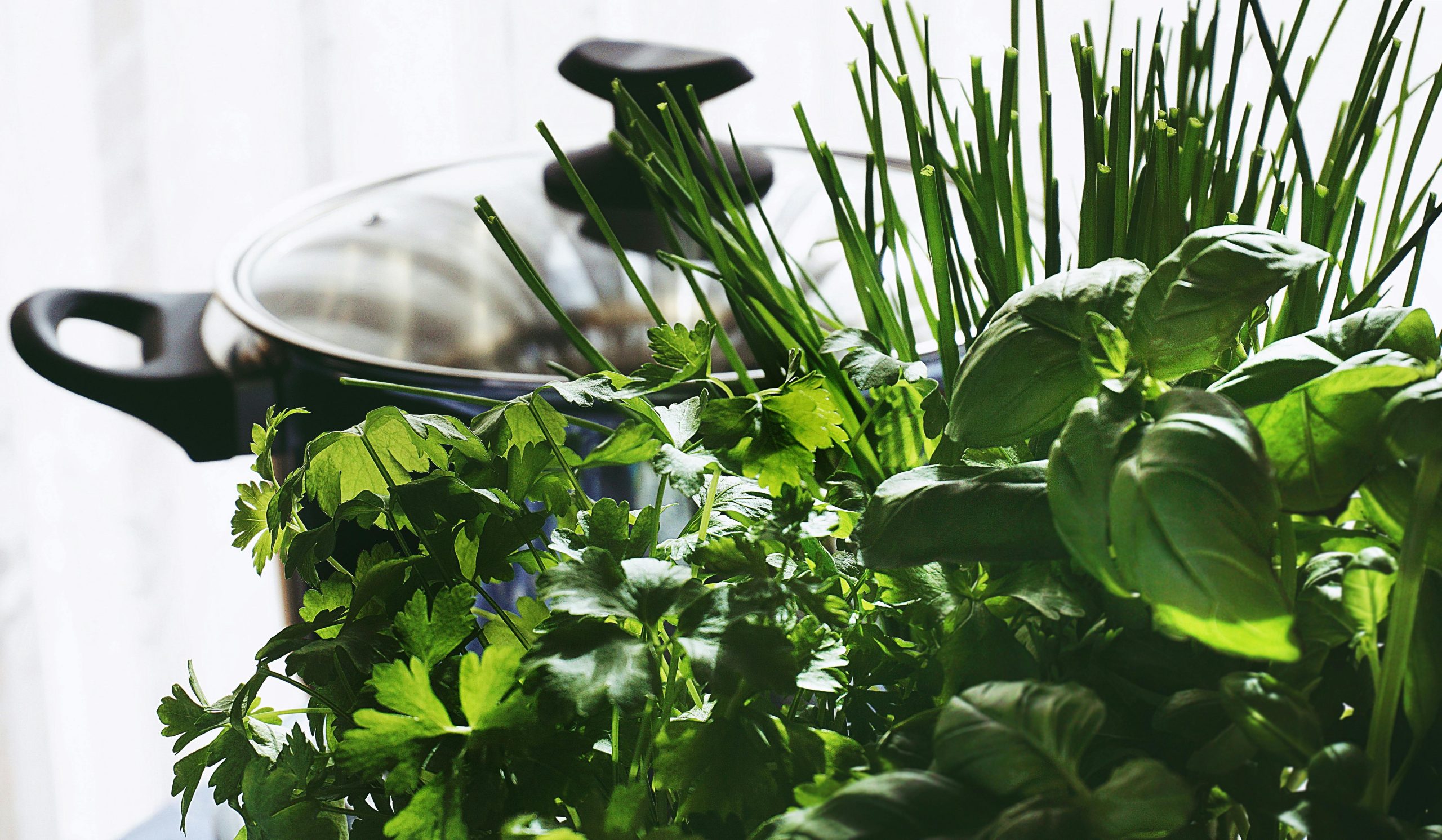Currently Empty: ₨0.00

Herbs: A Beginner’s Guide to Growing and Using Fresh Herbs at Home
Herbs are not only flavorful additions to your culinary creations but also offer a myriad of health benefits. Growing your own herbs at home can be a rewarding experience that allows you to have a fresh and convenient supply of these potent plants right at your fingertips. Whether you have a spacious backyard or just a sunny windowsill, cultivating herbs is a simple and enjoyable way to elevate your cooking and enhance your well-being.
Getting Started: Choosing the Right Herbs
When starting your herb garden, it’s essential to select herbs that are suitable for your growing conditions. Some popular choices for beginners include basil, mint, parsley, chives, thyme, and oregano. These herbs are relatively low-maintenance and can thrive both indoors and outdoors.
It’s important to consider the amount of sunlight and water your herbs will need. Most herbs prefer at least 6 hours of sunlight per day, so be sure to place your herb pots in a sunny spot. Additionally, make sure your pots have adequate drainage to prevent waterlogged soil, as most herbs prefer well-draining soil.
Planting and Caring for Your Herbs
Once you’ve chosen your herbs, it’s time to plant them. You can start by either growing your herbs from seeds or purchasing seedlings from a nursery. If you’re planting from seeds, follow the instructions on the seed packet regarding planting depth and spacing.
Water your herbs regularly, making sure not to overwater or underwater them. You can check the moisture level of the soil by sticking your finger about an inch deep – if it feels dry, it’s time to water. Fertilize your herbs occasionally with a balanced fertilizer to ensure they have the nutrients they need to thrive.
Harvesting and Using Your Fresh Herbs
One of the joys of growing herbs at home is being able to harvest them fresh for your culinary creations. Herbs are best harvested in the morning when their flavors are most potent. Use clean scissors or shears to snip off the desired amount of herbs, making sure not to remove more than one-third of the plant at a time.
Fresh herbs can be used in a variety of dishes, from salads and soups to marinades and teas. You can also dry or freeze your herbs for later use if you have an abundance. Drying herbs is a simple process that involves hanging them in a warm, dry place until they are completely dried. Once dried, store them in airtight containers away from heat and light.
Health Benefits of Fresh Herbs
Apart from enhancing the flavor of your dishes, fresh herbs offer a range of health benefits. Many herbs are rich in antioxidants, vitamins, and minerals that can support overall health and well-being. For example, basil is known for its anti-inflammatory properties, while mint can aid in digestion and soothe an upset stomach.
By incorporating fresh herbs into your cooking, you not only elevate the taste of your meals but also boost their nutritional value. Experiment with different herbs to discover their unique flavors and benefits, and enjoy the satisfaction of growing your own fresh ingredients at home.
Conclusion
Growing and using fresh herbs at home is a fulfilling and accessible way to enhance your culinary creations and promote a healthy lifestyle. With a little time and effort, you can have a bountiful herb garden that provides you with an array of flavors and health benefits. Whether you’re a seasoned cook or a beginner in the kitchen, incorporating fresh herbs into your cooking is sure to elevate your dishes and delight your taste buds. Start your herb garden today and reap the rewards of fresh, homegrown herbs in your everyday life.
